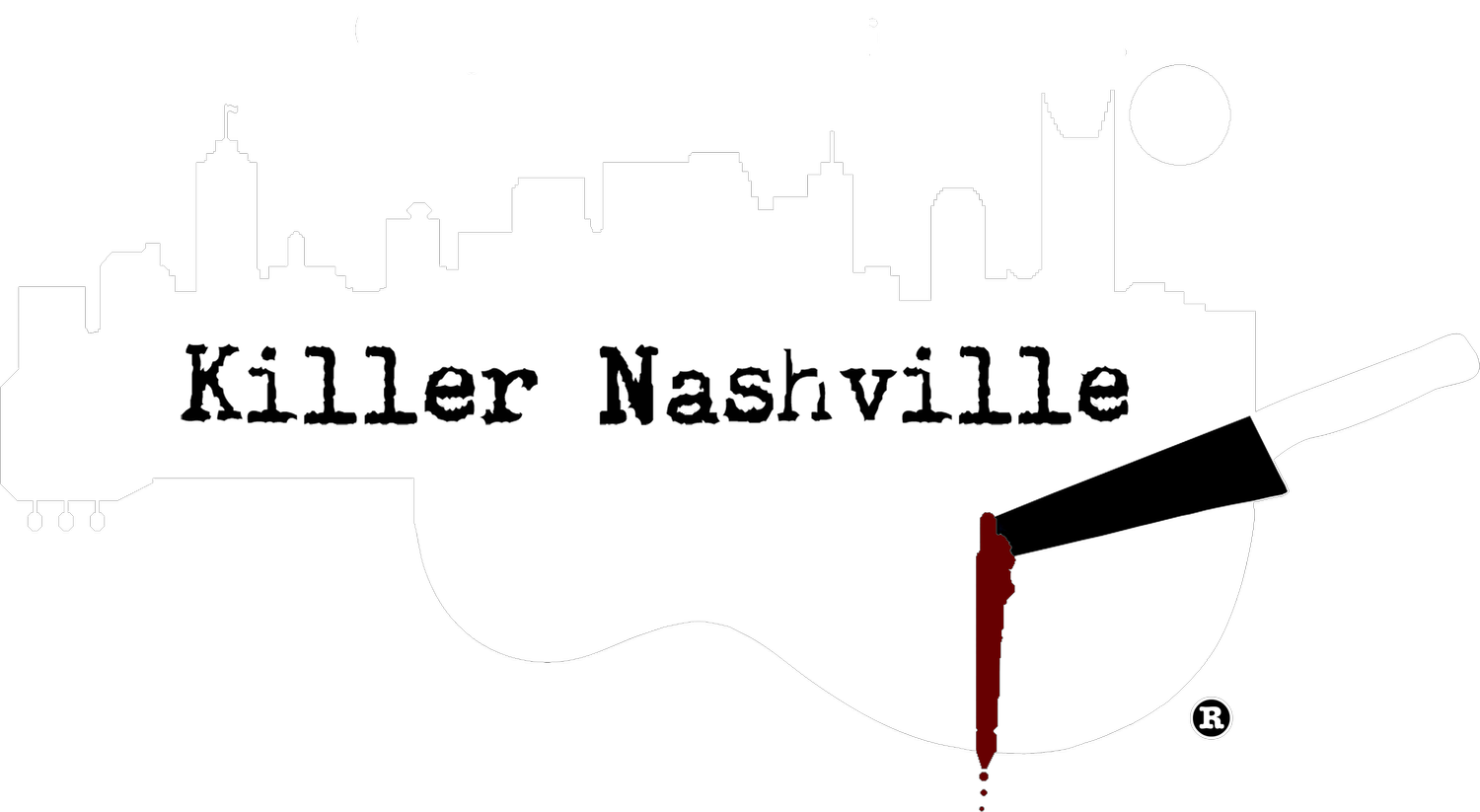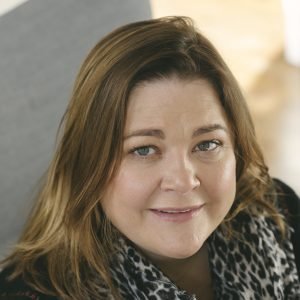Killer Nashville Interview with Harriet Tyce
An Interview with Harriet Tyce
Killer Nashville sits down with debut author Harriet Tyce to discuss her new book, Blood Orange.
KN: I believe that it is quite an accomplishment for a debut author to be published by Grand Central. You are a very talented writer.
Blood Orange
is a novel that grabbed me from the prologue and didn’t let go – even after the ending so I completely see why such a prestigious publishing house would want it for their catalog. But, HOW did you get there? Here at Killer Nashville we work with new authors and that is always the question – how did she do it? How did you get your work in front of the right people?
TYCE: Thank you very much! That’s very kind of you to say so and I’m glad it grabbed your attention. I studied for a Masters in Creative Writing – Crime Fiction at the University of East Anglia and through that was able to get the opening of my novel in front of the agents at David Higham Agency when I applied for a scholarship. I didn’t win the scholarship, but I was contacted by Veronique Baxter, one of their agents, some weeks later. She’d liked what she read, and suggested we meet, and after that meeting, offered me representation. This gave me a huge boost to finish the manuscript, and when it was finally done, Veronique submitted it to a number of publishers in the UK. It caught the attention of my UK editor Kate Stephenson, at Wildfire, which is an imprint of Headline, a Hachette publisher. She made a pre-emptive offer for world rights, which I was delighted to receive, and through this Blood Orange is being published jointly by Wildfire and by Grand Central, another Hachette publisher. I’ve been extremely lucky.
KN: “Show-don’t-tell” is a bit of advice that we give our authors. You excel at this skill. For example, when Alison managed to stick her hand in “it” outside the nightclub and her inebriated mind thought she could wash off that stink before anyone noticed – I thought that pretty much summed up Alison’s situation better than pages of detailed descriptions ever could. Contaminated by her actions and distractions she really hopes that no one will notice how bad things are until she can clean up the mess. But really she is going to leave a little bit of filth on everyone and everything she touches for quite a while. This is a two-part question: How do you do that? And – what was your inspiration? LOL. On second thought, maybe I don’t want to know the answer to that part…
TYCE: I prefer to read prose which is terse and leaves something to the imagination, and that’s what I try to write. As with every student of creative writing, I started out reading the stories of Raymond Carver, and comparing the Lish edits with the stories as Carver originally wrote, I feel that less is always more. One gesture will convey more than pages of description. At least that’s what I try to do – I’m glad you think I succeeded with it. As far as that scene was concerned, I had in my mind Lady Macbeth trying to scrub off the blood spot, and the dogs refusing to eat the palms of Jezebel’s hands. And when I was a child, I used to go for walks in Edinburgh with my parents, and we would walk under a large bridge on which someone had daubed graffiti with dog fæces.
KN: I am the mother of a 6-year-old, so the scene where young Tilly is missing really spoke to me. My heart was pounding out of my chest and I almost couldn’t read fast enough to find out what happened. But that was also the scene where I began to really feel for Alison. Up until then, I was pretty much in the “yes, you are a terrible mother” camp. But there she was being a “good” mother playing with her daughter and it still all falls apart. She wasn’t concentrating on something else, she wasn’t lost on her phone or talking to someone. This was a situation that could happen to me… easily. What was your process for developing this scene?
TYCE: I have children myself and while neither of them has ever gone missing for any period of time, even thirty seconds can feel like a lifetime. I walk on the Heath regularly, and watch my children climb the tree I’ve described, and I’ve seen police cars occasionally on patrol, and it came to me organically as a scene. I knew it was a point in the book where a catalyst was necessary to bring the hostility between Carl and Alison entirely to the surface, and given how critical he is throughout of her parenting, it seemed logical to me that he would be bound to blame her entirely for this scare, even though as you point out, it’s something that could have happened to anyone. I actually don’t think Alison is ever a terrible mother – even the night that she doesn’t come home doesn’t put Matilda at any risk, and she always does her best. It’s just not always very good…
KN: Obviously, you are an experienced criminal barrister, so it makes sense that those parts of the story were so believable. But what about the other parts? How do you go about researching the gruesome details? And do you ever worry what someone might say if they saw the search history on your computer?
TYCE: I think that’s an occupational hazard! My next book will be dealing with divorce, amongst other things, and I’ve had to tell my husband up front that all of my searches about family law and custody battles are for book purposes and not because I’m planning an escape route. It took quite a lot of logistical planning to work out the final scene in Blood Orange, for which I had to do a lot of internet searches that threw up some sites I really would never want to visit. And it’s fair to say I’ve had my share of hangovers, so those parts weren’t too hard to write…
KN: Finally, even though it is perfectly acceptable and usually expected for women to have careers and families, we torture ourselves with guilt when we aren’t always present for
them. We tend to see other women as having it all together and judging us for being unworthy somehow (whether or not that’s true.) So, I really liked the way that you included the “forgiving mom” – the one that said that she turned off the notifications in WhatsApp and seemed genuinely friendly to Alison. What was your inspiration for this?
TYCE: The UK agent Juliet Mushens made an excellent point some time ago which was that no domestic thrillers would work as real-life situations if the female protagonists had girlfriends. Alison has isolated herself from her friends, and she is paranoid that all of the mothers at school are judging her adversely, but actually, she’s her own harshest critic, so eaten up with guilt that she can’t see what is really happening around her. I felt that it was more realistic to have people being friendly around her – even though she thinks she’s a terrible person, she’s not that bad, and they can see that. I also wanted to make sure she has a potential future after the end of the book – if she can actually get through all the awfulness, there’s a great circle of women out there ready to catch her and give her support moving forward.


